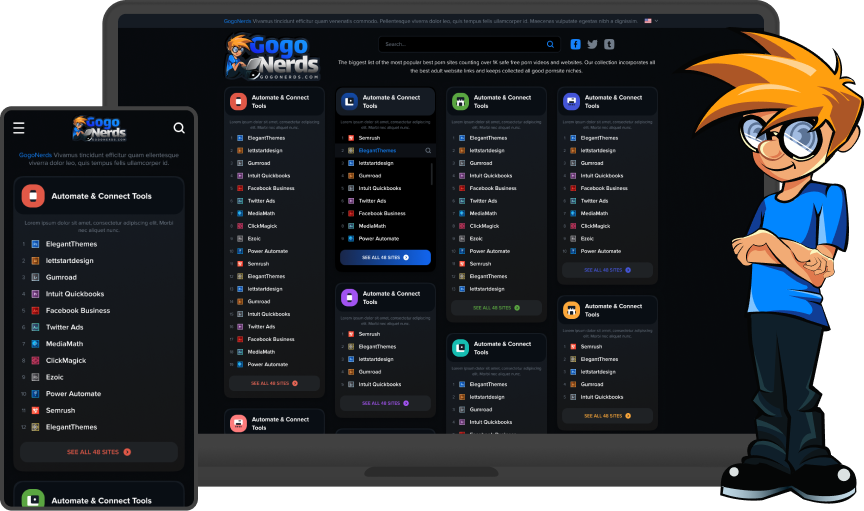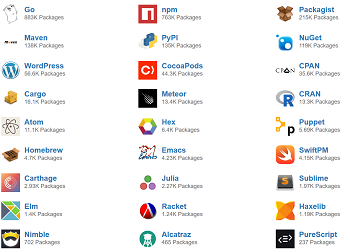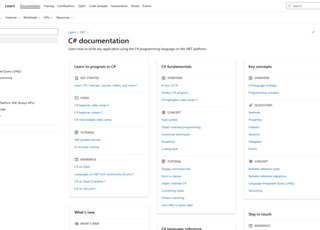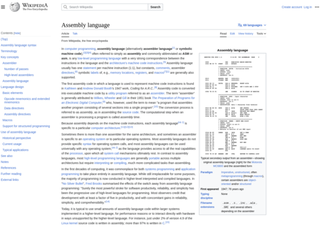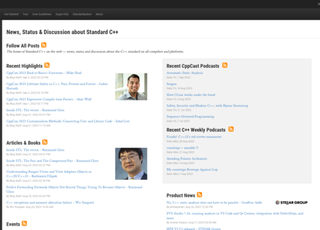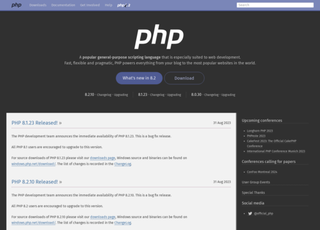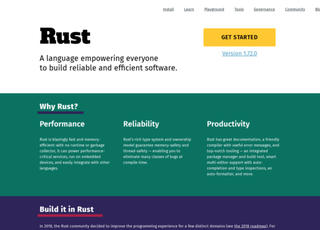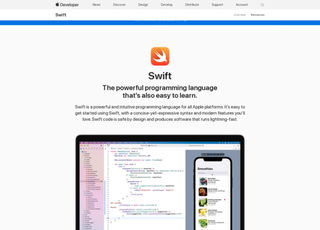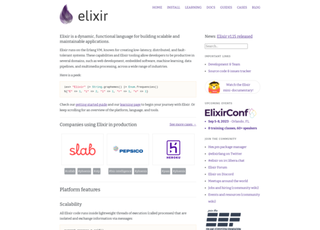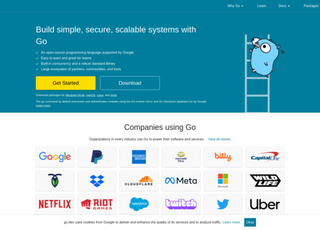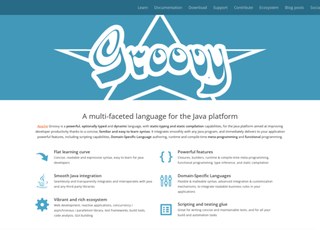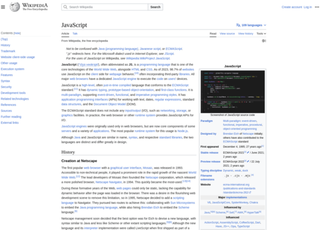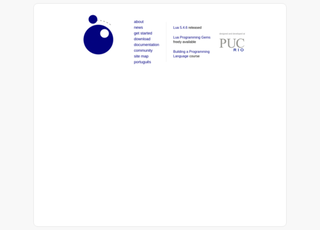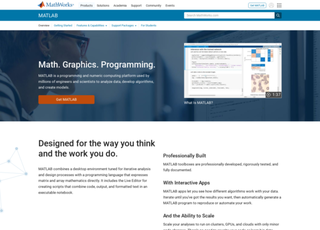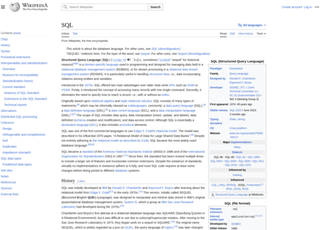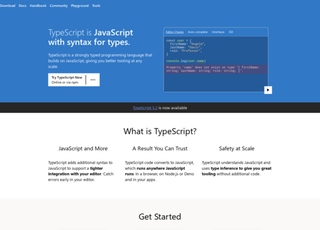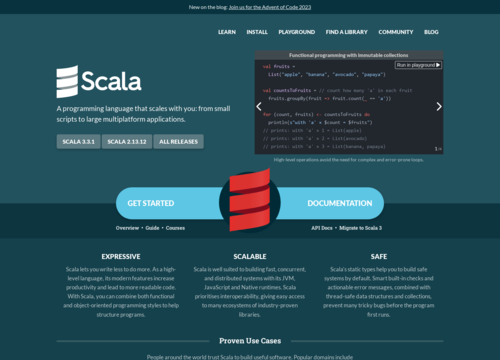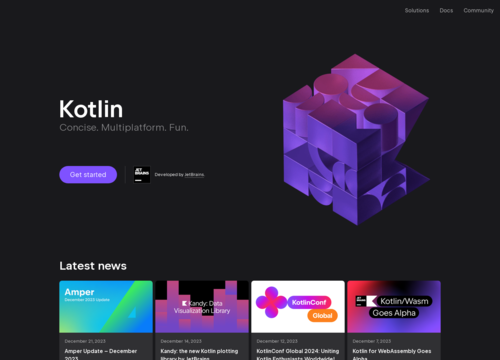Ruby
Ruby is a dynamic, open-source, object-oriented programming language. It was created by Yukihiro "Matz" Matsumoto in Japan during the mid-1990s. The first public release was in 1995.
Philosophy:
Ruby follows the principle of optimizing developer happiness. Matz intended Ruby to be a language that people would enjoy using. This philosophy is encapsulated in the phrase "optimization for developer happiness." Ruby's syntax is designed to be concise, elegant, and readable.
Key Features:
Dynamic Typing:
The type of a variable is determined at runtime, not at compile time.
Garbage Collection:
Automatic memory management.
Metaprogramming:
Ruby has strong capabilities for metaprogramming, allowing dynamic generation of code.
Open Classes:
You can add or modify methods of built-in classes.
Mixin Modules:
Instead of supporting multiple inheritances, Ruby uses mixins through modules.
Blocks, Procs, and Lambdas:
Provide powerful functionality for creating closures and passing code around.
Interactive Shell (IRB):
Ruby comes with an interactive shell called IRB, which stands for "Interactive Ruby."
Standard Libraries & Gems:
Ruby comes bundled with a wide range of standard libraries. For external libraries and plugins, the Ruby ecosystem uses "gems". The central repository for Ruby gems is RubyGems.org.
Bundler is a dependency manager for Ruby that helps developers maintain the required gems for their applications.
Web Development with Ruby:
Ruby gained significant popularity with the creation of the Ruby on Rails (often just called "Rails") web development framework by David Heinemeier Hansson. Rails follows the principle of "Convention over Configuration" and has played a crucial role in the adoption of the MVC (Model-View-Controller) pattern in modern web development.
Concurrency:
Ruby traditionally has a Global Interpreter Lock (GIL) that makes native threads not run concurrently in the standard MRI (Matz's Ruby Interpreter). There are, however, other Ruby implementations, like JRuby, which do not have a GIL and can utilize true thread-level parallelism because it runs on the JVM.
Implementations:
MRI (Matz's Ruby Interpreter):
This is the standard and most widely-used implementation of Ruby. It is written in C.
JRuby:
An implementation of Ruby that runs on the Java Virtual Machine.
Rubinius:
An implementation of Ruby largely written in Ruby itself.
TruffleRuby:
An implementation based on the GraalVM, optimized for performance.
Performance:
While Ruby is often criticized for its performance compared to languages like C or Java, it's important to note that Ruby's design prioritizes developer productivity and happiness. However, the Ruby community continually works on performance improvements, and various implementations of Ruby can offer different performance characteristics.
Community:
Ruby boasts a friendly and welcoming community, which is known for its motto "Matz is nice, so we are nice" (MINASWAN). The community hosts various conferences worldwide like RubyConf and RailsConf.
Notable Tools and Libraries:
RVM (Ruby Version Manager):
Helps manage multiple installations of Ruby on the same machine.
Bundler:
Manages gem dependencies for Ruby applications.
Rake:
Ruby's build program with capabilities similar to make.
RSpec:
A testing tool for Ruby.
Sinatra:
A lightweight web framework in Ruby, alternative to Rails.
Pry:
An advanced REPL for Ruby, offering enhanced introspection capabilities.
RuboCop:
A static code analyzer (linter) based on the community Ruby style guide.
Usage and Trends:
While Ruby on Rails fueled Ruby's explosive growth in the late 2000s, the ecosystem has diversified since then. Apart from web development, Ruby is now used in infrastructure code (via tools like Puppet and Chef), data processing, and even game development.
However, in the broader software development ecosystem, languages like JavaScript (and its backend counterpart, Node.js) and Python (especially in the realm of data science) have risen prominently. As such, while Ruby remains a robust choice for many applications, its growth has stabilized in recent years.
Strengths:
Rapid Development:
Ruby's syntax and the Rails framework enable rapid application development.
Rich Libraries:
RubyGems provides a plethora of libraries for a wide variety of tasks.
Readable Code:
Ruby emphasizes the importance of clear and readable code, making it easier for teams to collaborate.
Strong Community:
With a multitude of conferences, forums, and online resources, the Ruby community is vibrant and supportive.
Criticisms:
Performance:
Traditional Ruby (MRI) can be slower than languages like C++ or Java. However, for many applications, this performance is more than adequate.
Multithreading:
The Global Interpreter Lock (GIL) in MRI can be a bottleneck for certain types of multithreaded applications.
Memory Consumption:
Ruby applications, especially those on Rails, can be memory-intensive.
Ruby offers a mix of elegance, expressiveness, and practicality, making it a viable choice for a variety of software development tasks. Whether you're building a web application, scripting tasks, or diving into other areas of software development, Ruby provides a robust toolset backed by a rich ecosystem and community.

